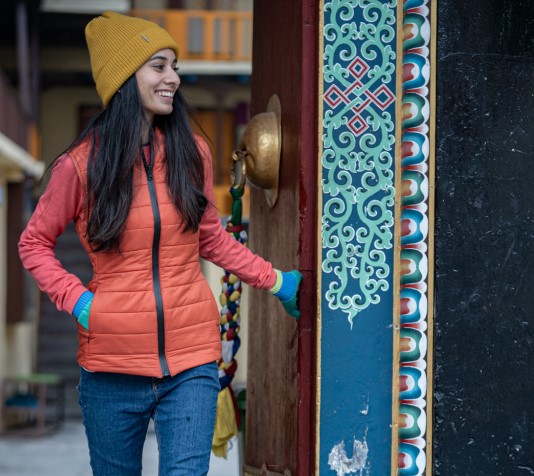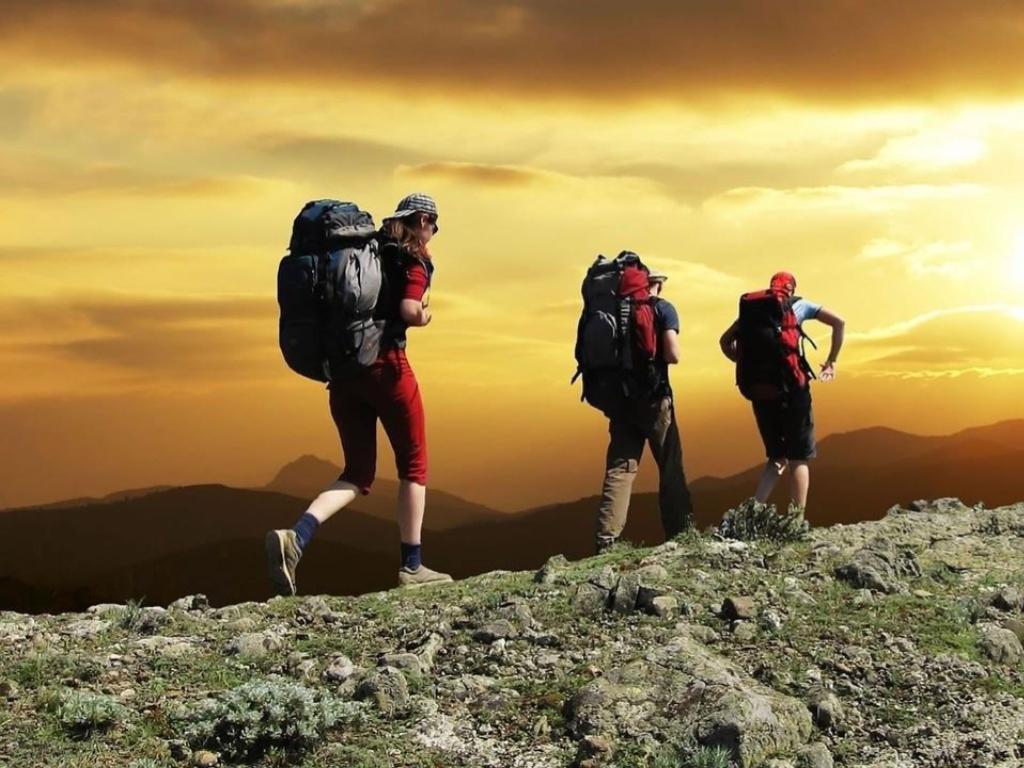
You can arrive at the foot of Chadar Trek with nothing but a melody in your heart and a pocket full of hopes. But you’re about to have a rude awakening.
Trekking is difficult without at least some pre-trip training or a high fundamental level of fitness. Let’s be honest: it’s a lot of effort. The price of a fantastic journey is sweat, sore calves and hurting quadriceps are badges of honor, as are blisters and missing toenails.
But in exchange, you get some of the world’s most unspoilt, pure, and jaw-dropping landscapes. And guess what? The more you prepare for a big hike, the less difficult it will be.
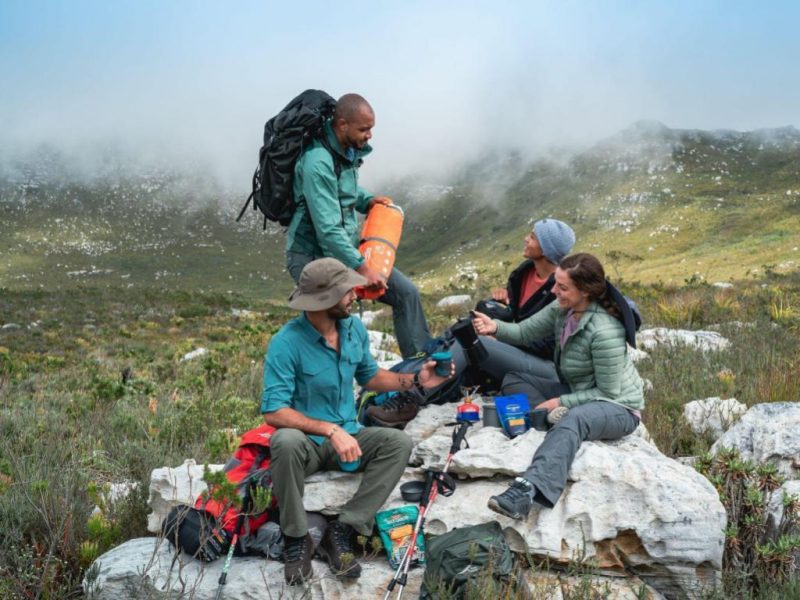
Trekking, in reality, is a simple pastime that the entire family can enjoy. After all, it is a hike in the hills. There are many different types of walks: simple, fun walks; strenuous treks; nature walks to see flora or wildlife; walks to climb a peak or fort; walks for a picture opportunity, a fishing expedition, or a camping adventure. Everyone can find a stroll that is right for them. Your motivation for traveling defines your destination and how you prepare to get there.
Want to get rid of the tension from a bad job or a bad relationship?
Trek!
Your new year’s resolve to get in shape didn’t make it through the first week. Do you feel burdened by guilt? Do you despise yourself for turning into a couch potato?
Trek!
Do you adore nature in all its rawness, tranquility, and views?
Trek!
Trekking Guide: 10 Essential Tips For Beginners:
1. Begin walking right away (it’s never too early to begin training)
This may appear to be the most apparent first step, but you’d be amazed how many individuals don’t do it. What is the best method to prepare for a long walk? Start with short distances and work your way up to the distance you’ll be hiking on your vacation. When you first begin your workout, allow a day between each walk to allow your body to heal. Put down good trekking shoes and socks to make yourself comfortable while walking. However, if your body improves, attempt to complete back-to-back workouts each day — this will help you build stamina for the arduous nature of a ten-day walk, when you won’t have the luxury of rest days. Ideally, you should be able to walk for 4-6 hours – comfortably – before leaving.
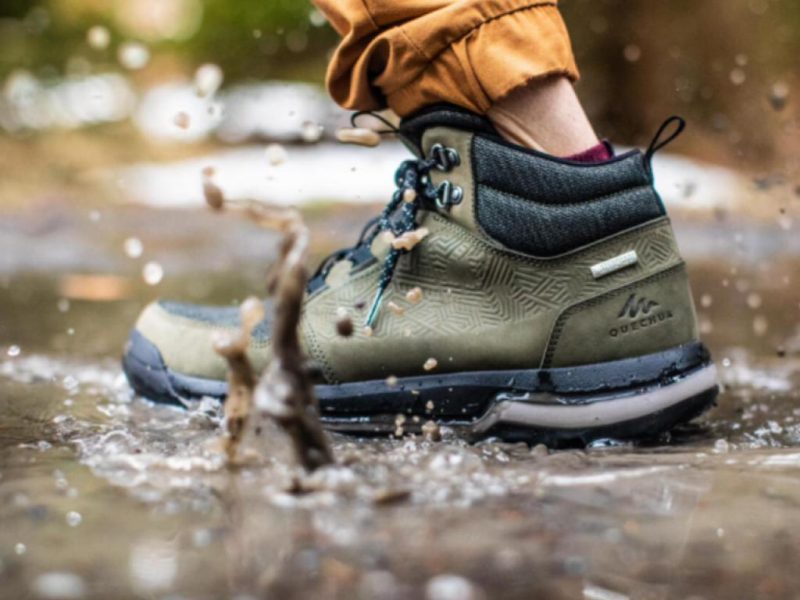
2. Fitness as first priority
Consider your current level of fitness and familiarity with the outdoors when planning a walking vacation. While everyone with the correct mindset and dedication may workout and get in shape, you must first analyze your own ability. Along with long walks, you should incorporate some leg-based cardio into your everyday regimen. Cycling is excellent for leg muscle development, but soccer, football, squash, and swimming are all excellent. If you prefer to work out at the gym, alternate your spin classes or cycling bursts with squats and lunges (the more weight, the better). Based on this, you may determine the level of challenge/difficulty you are willing to accept. Keep in mind that if you decide to embark on a long journey, there will be little or no transportation to return you to civilization along the way. So, be honest with yourself and each member of your organization, and make good decisions.
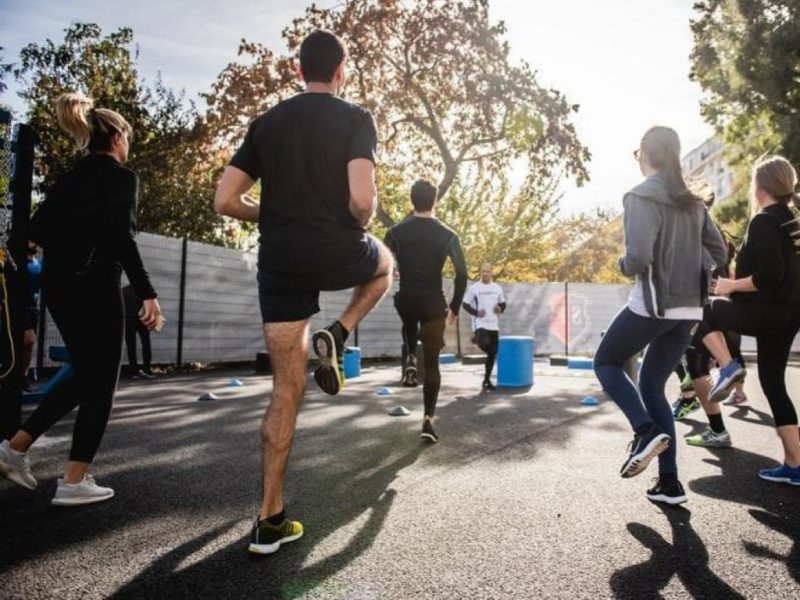
3. Walking properly is the key
You’ve been doing it since you were about a year old, but it’s critical to keep an eye on how you’re walking and if you’re doing it right. Make sure you’re landing on your heel first, then rolling onto your toes to drive yourself onto the next step (this will help lessen the chance of shin splints and tendon pulls — yuck). Keep your head up, your gaze forward, and your shoulders level as you walk. A good posture walking puts less strain on your back, legs and neck with heavy loads on your shoulders.
4. Choose your bag wisely
Choosing an appropriate backpack is very important while trekking. When it comes to selecting a suitcase for travel, appearance is unimportant. To minimize backache or tired muscles while enjoying the outdoors, the right-shaped backpack must be purchased. The following factors must be considered:
1.Volume of storage
2. Distribution of load
3. Number of compartments
4. Hip belt and shoulder straps are padded (to reduce pressure on back and shoulders)
5. Back padding (for weight distribution)
6. Water-repellent substance
7. Hydraulic system
5. Pack what is essential
On virtually all of our trekking treks, you will not be carrying your main pack, but rather a compact daypack with basics such as your camera, food, sunscreen, water, and wet-weather clothing.
During a hike, it’s critical to have adequate water and food (hydration is essential!). Nuts, dried fruit, muesli bars, and chocolate are all fantastic sources of protein and energy; have a variety of these nutritious snacks in your daypack.
The following is a basic list of items required for trekking:
1) Clothes: T-shirts (breathable, full sleeves and short sleeves), shirts (full sleeves), hiking pants (trousers), woolens (fleece and warmers), mufflers, hoodies, shorts, and a quick-drying towel are included.
2) Weather-dependent equipment: Snow Proof jackets, raincoats, windcheaters, waterproof ponchos, hats, and sunglasses are all available.
3) Footwear includes floaters, hiking shoes, and socks (always carry extra pairs) (Woolen with cotton padding)
4) Medical kit (including sun protection lotion), food supplies, electronic equipment (containing portable chargers, camera batteries, torch batteries, memory card, and so on), reusable water bottle, and walking stick are all required (Trekking Poles).
6. Choose a trekking agency
Choosing the correct adventure company may significantly enhance the value of your trip. This can be a professional outfit or a knowledgeable local guide who can arrange for equipment, porters or mules, food, and medical supplies, among other things. Look for someone who is familiar with the area and has prior experience organizing hikes there. This is critical because weather in the mountains is unpredictable, and you need a guide who understands the terrain, can recognise when the weather is changing, and can direct you to a safe location.
Inquire about their medical facilities and whether their personnel have received first-aid training.
Check the comments they have obtained from previous clients online. You may also request to talk with former customers. Inquire with your trip operator if they hire locals. It’s usually a good idea to support the local economy by hiring guides and porters from the area.
7. Tread Softly
It is critical that you and your crew leave as little trace as possible. Carry as little as possible. You must transport any non-biodegradable rubbish you bring out of the mountains. Burying it in the ground merely serves to conceal it and hurts the environment.
When building a fire, make sure to do so carefully and in accordance with local laws and guidelines. Only use dead wood, don’t endanger wildlife or the forest. Plants and trees should be left alone. Avoid contaminating streams, rivers, and other bodies of water. People downstream make use of them and also avoid loud noises such as shouting, yelling, and loud music all contribute to noise pollution, which is hazardous to animals and humans who visit the outdoors in search of peace and calm.
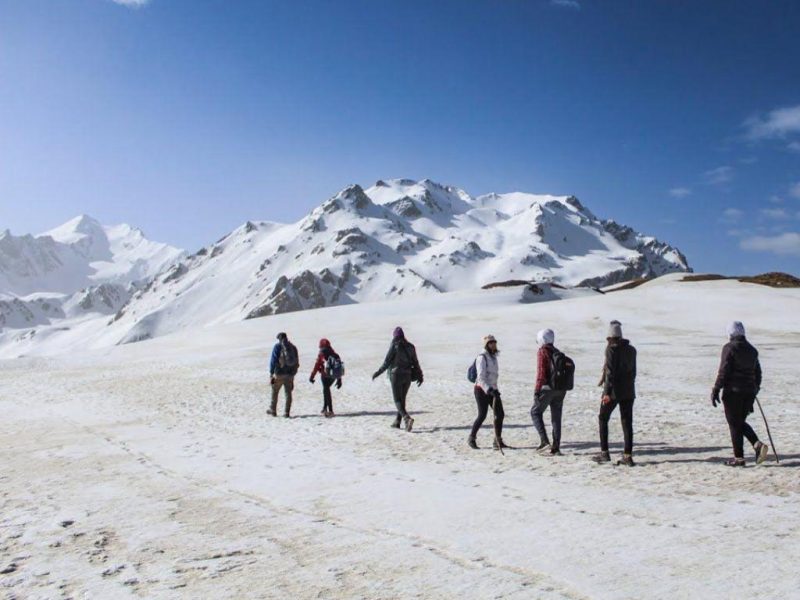
8. Prepare for the worst
Carry some dry meals and first-aid supplies in case of an emergency, such as being unable to reach the chosen campground for the night. Keep dried fruits, chocolates, almonds, granola bars, rehydration salts, quick soups/beverages, and sweets/toffees in a Ziploc bag for emergencies. You may keep another bag of identical items for trail snacks.
Make sure you have a basic first-aid kit as well as any personal medications you may require. A small roll of cotton, 3-4 cotton bandages, antiseptic lotion and cream, band-aids, and pain balm or spray are all essentials. Your main luggage should have a more comprehensive medical kit, including medications for common diseases, bug repellent, sunscreen, leech salt, and so on.
9. Go at your own pace
When it comes to hiking, being one of the slowest individuals and preferring to take time in the surroundings is not something to be ashamed of! Remember that walking someplace is not a race. Take your time, listen to your body, and take as many pauses as you must. Trekking is meant to be a difficult yet fun activity. While you’re at it, always stretch those muscles before embarking on any difficult journeys. Believe me your body will thank you afterwards.
10. Unplug and Enjoy
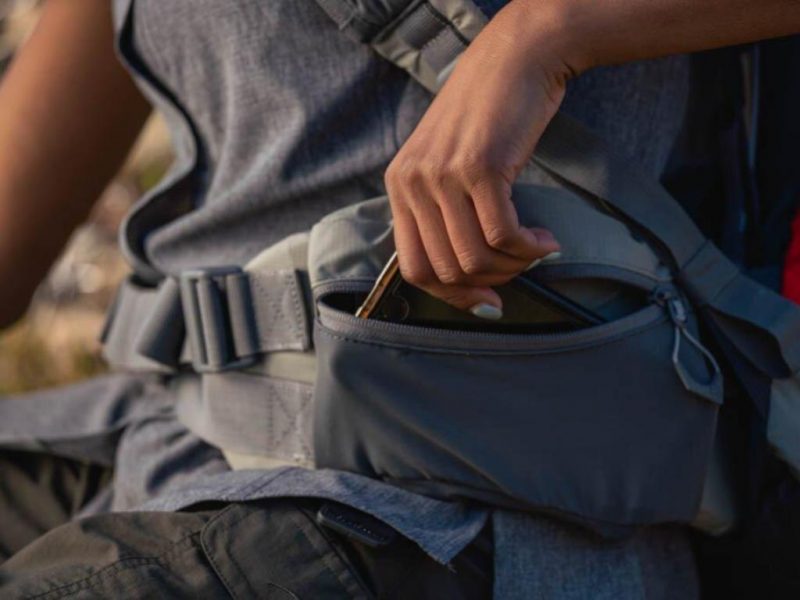
The ability to disconnect from the daily rush and bustle of life is part of what makes trekking so appealing. Unplug and enjoy the great outdoors. Enjoy the view, take in the fresh air, and take in what you see along the route.
So, whether you’re walking up a mountain in your own town or traveling to some exotic far-flung place (like we’ve been doing), the most essential thing is to enjoy the adventure. Best wishes!
Trekking vs Hiking
Hiking incorporates the term “walk,” which is often associated with something joyous, simple, and pleasurable. So, when someone mentions hiking, they usually mean a nice day trek or a multi-day hike that isn’t too strenuous and shouldn’t cause too many problems whereas the term “trek” is derived from an old Afrikaans word that signifies “migration.” While it used to entail leaving your house for many days with your trekking needs and equipment on your back and sleeping in a tent for protection, it is now used to define the activity of hiking, which involves walking in a variety of locales ranging from mountains to deserts to cities.
To put it another way, hiking is a long, vigorous walk in a natural setting on hiking trails or footpaths for a day or overnight. Trekking entails a multi-day, strenuous walk in the untamed natural setting. It is possible to do it away from hiking routes.
Conclusion

Plan.. Plan.. & Plan.. Well! Pick your hiking season wisely (winter is not ideal for beginners). Too much rain can cause local floods, trail closures, and flooded campsites. If it’s too hot, you’ll feel fatigued and need to drink plenty of water. Summer provides longer days, but also hotter, drier weather in most regions. Thunder and lightning are also becoming more prevalent. Also, keep an eye out for monsoon season in the tropics. And always, always, always check the weather before you go. It may necessitate changing or canceling your plans, but it is preferable to getting caught in a storm.
Plan where you’ll sleep, take breaks, and fill your water bottle. Prepare backup plans for each of them. Make a note of them on your map so you can know where the next rest stop is in relation to your current location. You don’t want to be walking in the dark or unsure of which path to follow.
FAQs
What are the basics of trekking?
1.Pack Light
2. Take Layered Clothing
3. Trekking boots that are well-worn and broken in
4. Keep Training
5. Stay Hydrated
6. Don’t Litter
7. Keep Refueling
What should I know before trekking?
Begin with day treks and return to your starting point in the evening to gain a feel for trekking. Move on to a somewhat easy multi-day walk to gain a sense of your abilities and aptitude. Begin vigorous morning walks followed by jogging at least a month before your expedition. Most essential, wear appropriate footwear and walking socks. Increase your walking exercise and leg strength. Train on the same terrain with backpacks and walking poles. You may go into the mountains with an experienced trekker, join an adventure club, or book a trip with a reputable adventure travel firm. Maintain your hydration levels.
How can I be a good trekker?
1.Remember to never walk alone. This is not an adventure sport where you will be accompanied by someone. So, don’t be overly courageous since you could need someone to aid you in a crisis.
2. Understand how to get to your location, which may include purchasing a map and having a compass.
3. You may need to resupply your water supplies along the route. Know where to look for water and note it on your map.
4. Be aware of the weather conditions and dress in layers that you may remove while trekking.
5. You are solely responsible for your personal safety on the trail. Keep on the trail and avoid taking shortcuts on switchbacks.
6. Be aware of your abilities. On your first hike, it’s wise to be cautious. Hiking may be made more difficult by altitude, ascent, and heat.
7. When planning a hike, keep your medical issues in mind. Exertion and bad weather can exacerbate knee and back issues, heart diseases, diabetes, asthma, and other medical concerns.
8. Consider using trekking poles to relieve stress on your knees and thighs.
9. Attempt to keep your backpack as light as possible. The heaviest items to bring should be water and food.
Where can I start trekking?
The quantity and variety of hikes available in our magnificent nation are unparalleled. There are several opportunities for trekking, exploring, and getting lost in the mountains, whether in the lush-green Sahyadris, the nearly unexplored Himalayas of North-East India, or the High Himalayas to the north. If the Himalayas are known for their rough terrain and snow-capped peaks in the north, the lush green Nilgiris in the south should not be overlooked. The Nilgiris feature a number of wonderful little hikes that will keep you active and pleased on weekends as well.




